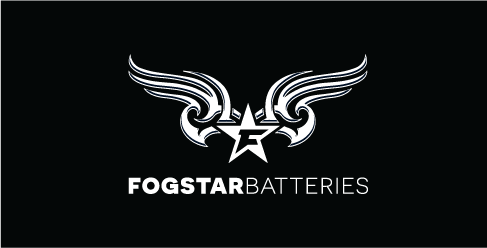Hi all, I'm new here and very grateful for the wealth of experience and different ideas and techniques on this forum. I have an issue with a 120AH drop-in battery:
-One cell always lags behind the others at the top of the charge and the same cell drops below the others at low states of charge (about 20%).
-Anothercell always spikes at high SOC, triggering the cell high voltage protection in the Daly BMS.
-Mid range voltages are generally within a few mv.
-I reduced my charge controller to 13.8v to make sure the highest cells wouldn't go too high. That works, but when the charge current starts to drop because the spiking cell raises the pack voltage, the reduced current causes the lagging cell to fall even more in voltage (up to 0.3v difference) so I feel it will never charge as much as the others.
-The BMS appears to only activate balancing (active balance, according to the SmartBMS app) when charge currents are above 2A, so the time it can spend balancing is limited. I understand the balance current is pretty small, so it might take forever to make difference.
If I want to limit regular discharge to about 80%, I'm worried I'll be cycling that cell deeper than the others if it doesn't balance. I'd like to set the balance cut-in voltage low, such as 3.2vpc so that the pack spends more time balancing, but I read on another thread that would undo the top balance. Is this the case? Surely the balancing works to keep cell voltages close, regardless of the state of charge and the more time spent with it on, the more time the low cell has to catch up.
Why would one cell stay low at both high and low SOC? Could it be a larger Ah capacity than the others (in which case why does it drop more than the others when low)? A less charged state than the others which will blance out eventually? Higher internal resistance? I can live with it, since the battery capacity is roughly within the advertised range, but of course if there's a way to improve things I'm all ears.
-One cell always lags behind the others at the top of the charge and the same cell drops below the others at low states of charge (about 20%).
-Anothercell always spikes at high SOC, triggering the cell high voltage protection in the Daly BMS.
-Mid range voltages are generally within a few mv.
-I reduced my charge controller to 13.8v to make sure the highest cells wouldn't go too high. That works, but when the charge current starts to drop because the spiking cell raises the pack voltage, the reduced current causes the lagging cell to fall even more in voltage (up to 0.3v difference) so I feel it will never charge as much as the others.
-The BMS appears to only activate balancing (active balance, according to the SmartBMS app) when charge currents are above 2A, so the time it can spend balancing is limited. I understand the balance current is pretty small, so it might take forever to make difference.
If I want to limit regular discharge to about 80%, I'm worried I'll be cycling that cell deeper than the others if it doesn't balance. I'd like to set the balance cut-in voltage low, such as 3.2vpc so that the pack spends more time balancing, but I read on another thread that would undo the top balance. Is this the case? Surely the balancing works to keep cell voltages close, regardless of the state of charge and the more time spent with it on, the more time the low cell has to catch up.
Why would one cell stay low at both high and low SOC? Could it be a larger Ah capacity than the others (in which case why does it drop more than the others when low)? A less charged state than the others which will blance out eventually? Higher internal resistance? I can live with it, since the battery capacity is roughly within the advertised range, but of course if there's a way to improve things I'm all ears.




